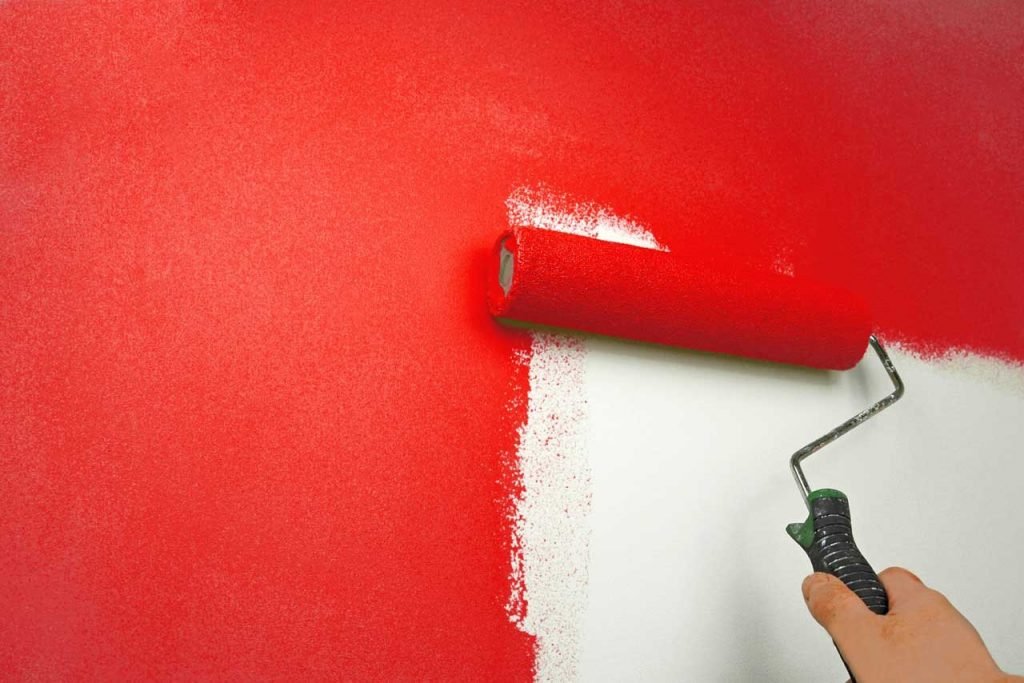You have found an art object that you like. But is it also a wise purchase? The most important questions and answers for a starting art collector.
- Diversify or specialize?
If we look at how large collectors, such as the famous Rothschild family, approached it, then they appear to both diversify and specialize. Diversify because every work of art gives a different pleasure, a different satisfaction. The pleasure that you experience with furniture is completely different from that of a painting or tapestry. But on the other hand, you also do well to specialize. In this way you build up knowledge about the specific segment and you will be able to do ‘a bargain’ faster. From the painting services singapore you can have the best deal.
- What determines the value of a work?
The value of traditional art depends on many factors. The first and most obvious factor is the state of the work. The better the condition the work is in, the higher the value. It is important that the work was not restored. You should also pay attention with later additions. Just think of a 17th-century piece of furniture that was modified in the 19th century. Check carefully if nothing is missing, for example an ornament at a commode.
Scarcity pushes the price up. Therefore try to buy something that is unique within its category. If you have a choice of 10 silver candlesticks, one of which is signed, it is best to buy the latter. A previous, well-known owner of the work of art also increases prices. The term jargon is used in the professional jargon. Silverware from a specific collection will be worth more than the same silverware without a special previous owner.
- What to pay attention to when purchasing?
- The state is crucial for value. 4 tips before you buy a piece of art.
- Make sure that works on paper are not folded and have no stains or cracks.
- Furniture is often constructed from various materials, such as wood, bronze and marble. Those materials must be original and in good condition.
- Works such as silver, porcelain or paintings are best not dusted or flashed up too much. Layers may have been removed due to excessive dusting.
- Porcelain must not be cracked and no pieces must be missing. By tapping you can hear whether or not porcelain has been restored. It gives a different sound.
- How do you know that you are paying a good price?
If you want to buy contemporary art, it is not always easy to estimate whether you are paying a good price. Of some artists, sometimes no works have yet been auctioned. All auction prices are not always correct. For artists who are on the rise, the prices will already be much higher after six months. You should ask questions to an artist whose prices have been the same for 3 years.
For traditional art you can of course turn to an estimator, but you can also consult websites and professional literature. Because of the large variety in porcelain, tapestries, furniture, and silver … you also need that research. It is not always easy to find prices of similar items. But the adventure also makes it fascinating.
- How do you know that it is not a counterfeit?
Fakes are of all times. They often follow the market trends. Due to the current popularity of Chinese art, many Chinese works are forged. But it is not always easy to recognize counterfeits. In the period that silver was in demand, counterfeits were made and they are still on the market. Counterfeits that are already 50 or 100 years old have meanwhile also been given a patina (age tint) and are therefore more convincing. Specialize in a certain segment and build up your knowledge that way.

